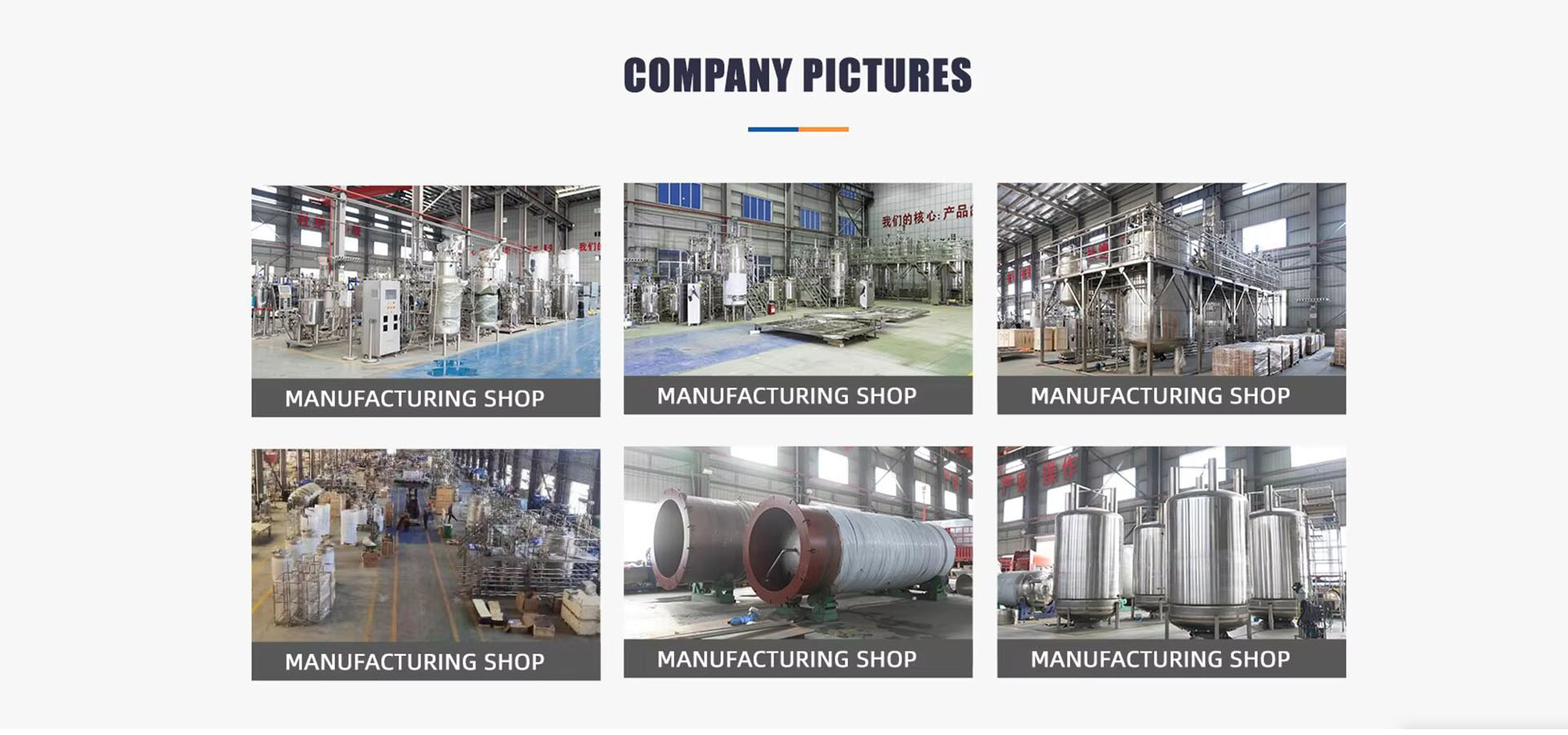Являясь ведущим поставщиком 1,2-дибромбензол, мы поставляем высококачественную продукцию различных классов для удовлетворения растущих потребностей, предоставляя клиентам по всему миру безопасные, эффективные и соответствующие требованиям химические решения.
Каковы основные применения 1,2-дибромбензола?
1,2-дибромэтан является важнейшим сырьем в органическом синтезе и имеет множество основных применений.
В области органического синтеза один из них можно использовать в качестве агента алкилирования. Благодаря высокой реакционной способности атома брома в его молекуле его можно замещать множеством нуклеофилов, тем самым вводя этил, который широко используется при получении органических соединений со специфической структурой. Например, при синтезе некоторых лекарств, ароматизаторов и специальных функциональных материалов часто используется 1,2-дибромэтан для участия в реакции построения необходимой структуры углеродного скелета. Во-вторых, 1,2-дибромэтан является ключевым сырьем для получения винилбромида. При соответствующих условиях реакции 1,2-дибромэтан можно удалить с образованием винилбромида, который является важным промежуточным продуктом во многих реакциях органического синтеза, таких как полимеризация и циклизация.
В промышленном производстве 1,2-дибромэтан широко используется в качестве добавки в этилированный бензин. Во время сжигания бензина он может реагировать со свинцом с образованием летучего бромида свинца, что предотвращает осаждение свинца на внутренней поверхности двигателя и обеспечивает нормальную работу двигателя. Однако из-за большого вреда для окружающей среды и здоровья человека от этилированного бензина сегодня это использование значительно сократилось. Кроме того, 1,2-дибромэтан также используется в хладагентах, фумигантах и других областях. С точки зрения хладагентов, благодаря своим подходящим физическим свойствам, они могут играть роль в конкретных холодильных системах; с точки зрения фумигантов они могут эффективно уничтожать хранимых вредителей, почвенных вредителей и т. д., а также обеспечивать безопасность хранения и посадки пищевых и сельскохозяйственных продуктов.
Таким образом, хотя некоторые виды использования 1,2-дибромэтана ограничены из-за факторов окружающей среды, он по-прежнему занимает незаменимую позицию в таких областях, как органический синтез, что имеет большое значение для содействия развитию химической промышленности и смежных областей.
What are the physical properties of 1,2-dibromobenzene?
1,2-дибромэтан - органическое соединение. Его физические свойства совершенно уникальны. Глядя на его внешний вид, это бесцветная и прозрачная жидкость при комнатной температуре и давлении, а текстура относительно вязкая. Понюхайте, он имеет сладкий аромат, как хлороформ. Его плотность больше, чем у воды, около 2,17 г / см ³, поэтому при смешивании с водой он опускается на дно воды. Температура плавления этого вещества составляет -35 ° C, а температура кипения - 131,4 ° C. Из-за определенной летучести он медленно испаряется на воздухе.
1,2-дибромэтан нерастворим в воде, но может смешиваться с этанолом, эфиром, хлороформом и многими другими органическими растворителями в любом соотношении. Эта разница в растворимости связана с его молекулярно-структурными свойствами. Его молекулярная полярность относительно слабая, в то время как вода является сильным полярным растворителем по принципу "аналогичной смешиваемости", поэтому ее трудно растворить в воде; органические растворители в основном слабо полярные или неполярные и похожи на межмолекулярную силу 1,2-дибромэтана, поэтому они могут растворять друг друга.
Кроме того, пар 1,2-дибромэтана тяжелее воздуха и может распространяться на значительное расстояние на более низком месте. В случае открытого пламени и горячих тем легко вызвать горение и взрыв. Особое внимание следует уделять безопасности при использовании и хранении.
What are the chemical properties of 1,2-dibromobenzene?
1% 2C2-dibromoethane is an organic compound. It is a colorless and transparent liquid with a slightly sweet smell. This substance is widely used in the chemical industry and is often used as a solvent and a raw material for organic synthesis.
1% 2C2-dibromoethane has unique chemical properties. Its molecule contains two bromine atoms, which enhances the polarity of the molecule. The chemical properties of this compound are active and can react with many substances.
In the nucleophilic substitution reaction, the bromine atom of 1% 2C2-dibromoethane is easily attacked by nucleophiles, resulting in substitution. For example, when heated with an aqueous solution of sodium hydroxide, the bromine atom will be replaced by a hydroxyl group to form ethylene glycol. This reaction mechanism is that the nucleophilic reagent (hydroxide ion) attacks the carbon atom, causing the bromine ion to leave.
1% 2C2-dibromoethane can also be eliminated. In an alcohol solution of a strong base, it can remove two molecules of hydrogen bromide to form acetylene. This process is that the bromine atom and the hydrogen atom on the adjacent carbon atom are removed in the form of hydrogen bromide under the action of a base to form a carbon-carbon triple bond.
In addition, the stability of 1% 2C2-dibromoethane is relatively poor, and it is easy to decompose to produce substances such as hydrogen bromide when exposed to light, heat or some catalysts. During storage and use, care should be taken to avoid exposure to high temperature, strong light and other environments to prevent decomposition from causing danger.
1% 2C2-dibromoethane is chemically active due to the presence of bromine atoms and can participate in a variety of chemical reactions. It plays an important role in the field of organic synthesis, but its stability also determines that it needs to be carefully operated in practical applications.
What are the precautions for the production of 1,2-dibromobenzene?
1% 2C2-dibromoethane is a highly toxic product, and many matters need to be paid attention to during the production process.
First, it is related to personnel protection. Producers must wear complete protective clothing, including gas masks, protective gloves, protective shoes, etc., to prevent skin and respiratory tract contact with this substance. Because of its strong toxicity, a little inadvertent contact may endanger life and health.
Second, ventilation of the production environment is essential. An efficient ventilation device must be installed to continuously circulate the air in the production space, and the volatile 1% 2C2-dibromoethane gas should be discharged in time to avoid its accumulation in the air and reduce the risk of poisoning.
Third, the airtightness and safety of the equipment cannot be ignored. The reaction kettle, pipeline and other equipment used in production must be well sealed to prevent leakage. Regular detailed inspection and maintenance of the equipment to prevent material leakage due to equipment aging and damage, resulting in safety accidents.
Fourth, strictly control the reaction conditions. In the production of 1% 2C2-dibromoethane, the reaction temperature, pressure, material ratio and other conditions have a great impact on the reaction process and product purity, and are related to production safety. Therefore, it is necessary to precisely control the reaction conditions and operate according to the standard process to avoid danger caused by runaway conditions.
Fifth, the disposal of waste should not be hasty. Waste containing 1% 2C2-dibromoethane generated during the production process shall be properly collected, stored and disposed of in accordance with relevant regulations, and shall not be discarded or discharged at will to prevent environmental pollution and ecological harm.
What are the effects of 1,2-dibromobenzene on the environment and human health?
1,2-Dichlorobenzene is also an organic compound. It has an impact on the environment and human health.
As far as the environment is concerned, 1,2-dichlorobenzene is volatile and can enter the atmosphere. In the atmosphere, it can be degraded by photochemical reactions, or it may form secondary pollutants such as photochemical smog, which is harmful to air quality. If it is released into the water body, it is easy to adsorb on suspended particles or sediment due to its hydrophobicity, resulting in its long-term retention in the water body, which is harmful to the aquatic ecosystem. If aquatic organisms come into contact with this substance, growth, reproduction may be affected, and even death. And it is transmitted and enriched through the food chain, or endanger higher trophic organisms.
As for human health, 1,2-dichlorobenzene can enter the human body through the respiratory tract, skin and digestive tract. If short-term exposure to high concentrations of 1,2-dichlorobenzene can irritate the eyes, nose, throat and other mucous membranes, causing discomfort, such as eye pain, runny nose, cough, etc. Long-term inhalation or exposure may affect the nervous system, causing dizziness, headache, fatigue, insomnia and other symptoms. What's more, it may damage the function of the liver and kidneys. Animal experiments have shown that this substance may have potential carcinogenicity. Although there is no conclusive conclusion in humans, it should not be taken lightly.
Therefore, 1,2-dichlorobenzene has latent risks to the environment and human health, and its production, use and discharge should be strictly controlled to reduce its harm to the ecological environment and human health.

